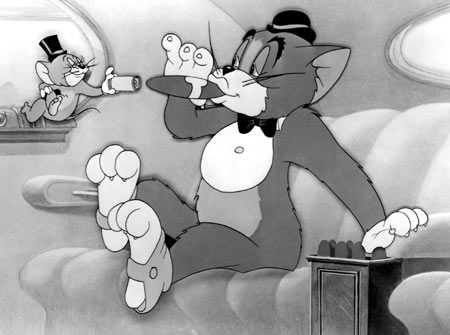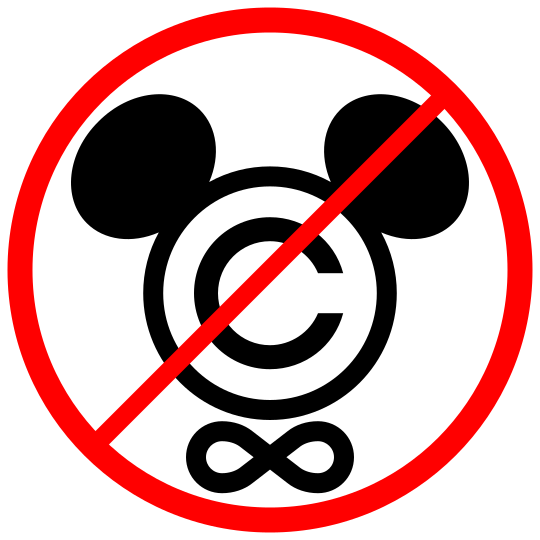Animation Directors Moving to Live-Action: Jumping a (Sinking) Ship?
It has been a topic of debate for quite some time and even within the animation community, there is suspicion that many students who study the artform are really looking for an easy leg-up into the film industry. While this may be true for some, it does imply that animation really is a second-class citizen in Hollywood, despite the proven track record of box-office receipts.
Michael Barrier has an insightful post on the topic of animation directors and the opportunities open to them at the present time. I highly recommend you head over to his site and read it.
In the post, he singles out Brad Bird for not only being perhaps the greatest director of his generation, but also for moving onto live-action and the unliklihood that we will see another animated film from him in the foreseeable future.
In that he may be correct. Brad is no longer at Pixar, where he developed my favourite, The Incredibles, and the somewhat drama-strewn Ratatouille, but is in line to direct Mission Impossible IV. Michael Barrier speculates that Brad may have moved on for the simple reason that he is unable to find a studio that is willing to create his kind of film.
In this he may be right. I wrote on the topic previously and it is fair to say that of the main animation studios in Hollywood, none bar Pixar are suited to Brad Bird. Barrier hints that Brad did not figure in the long-term plans at Pixar, which may be true. In this I am reminded of one of David Ogilvy’s maxims:
If each of us hires people who are smaller than we are, we shall become a company of dwarfs. But if each of us hires people who are bigger than we are, we shall become a company of giants.
Brad is one of the most creative guys in the industry and the reality is he has been left to fend for himself in a sea of sharks. Directing a live-action movie may well be putting bread on his table but it is a real loss to the industry as a whole when one of its best people ups and jumps ship.
Animation directors are a enthusiastic bunch. The vast majority have a genuine love for the artform, and Brad Bird is certainly no different. He has three films to his name and each one is superb. In a way, he’s the Quentin Tarantino of animation, putting out a film every couple of years that wows people every time. The fact that he has a fine attention to detail is secondary.
With just three main studios and smaller independents (although even Henry Selick, director of Coraline has joined Disney in order to develop projects for them) the source of jobs is scarce to say the least.
Live-action represents a bigger pool to swim in with more variety thrown in for good measure. Unless and animator goes the personal or independent route, they are unlikely to be able to create an adult-orientated (i.e. serious) animated film. This is a shame but we have only ourselves and the studios to blame. They will never take a risk with animation, even Pixars supposedly ‘brave’ and ‘experimental’ film Wall-E was still well within the unspoken walls that imprison animation in the family-friendly market segment.
Time will tell how this trend develops. In the meantime, I agree with Michael Barrier in that studio head must make a dilligent effort to retain and nurture key creative talent, not insulate their favourites into an old-boys club of sorts. Fresh faces, even those better than you, will only serve to increase the studio as a whole. Their loss only serves to decrease the gene pool, with a corresponding drop in quality.
Animation Directors Moving to Live-Action: Jumping a (Sinking) Ship? Read More »






